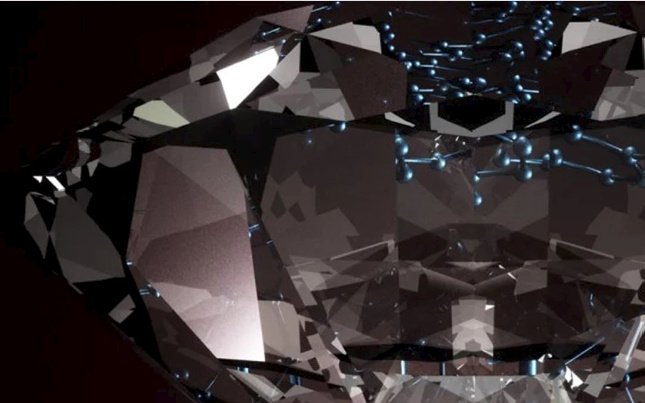Harder than Diamond: Lab Grown Lonsdaleite
February 23, 25
(IDEX Online) - Scientists in China say they have created an artificial form of a mineral called Lonsdaleite, and that is significantly harder than natural diamond.
Lonsdaleite is an allotrope of carbon that has a hexagonal crystal structure, rather than the cubic lattice of conventional diamond.
It was first identified in 1967 from the Canyon Diablo meteorite, in Arizona, USA, regarded as one of the best-preserved meteorite craters on Earth.
It was named after crystallographer Professor Dame Kathleen Lonsdale.
Scientists believe the impact of the meteorite striking Earth is the reason for its extreme hardness.
A team from Jilin University and Sun Yat-sen University say their lab-grown version is at least 40 per cent harder and far more durable than a natural diamond.
Natural diamonds typically have a hardness of around 100 GPa (Giga Pascals). The Chinese team say the Lonsdaleite they created is 155 GPa.
"Our findings offer valuable insights regarding the graphite-to-diamond conversion under elevated pressure and temperature, providing opportunities for the fabrication and applications of this unique material," they say in the journal Nature Materials.
Their lab grown Lonsdaleite is likely to be used in a new generation of superconductors.
Pic of Lonsdaleite courtesy RMIT University, Melbourne, Australia.